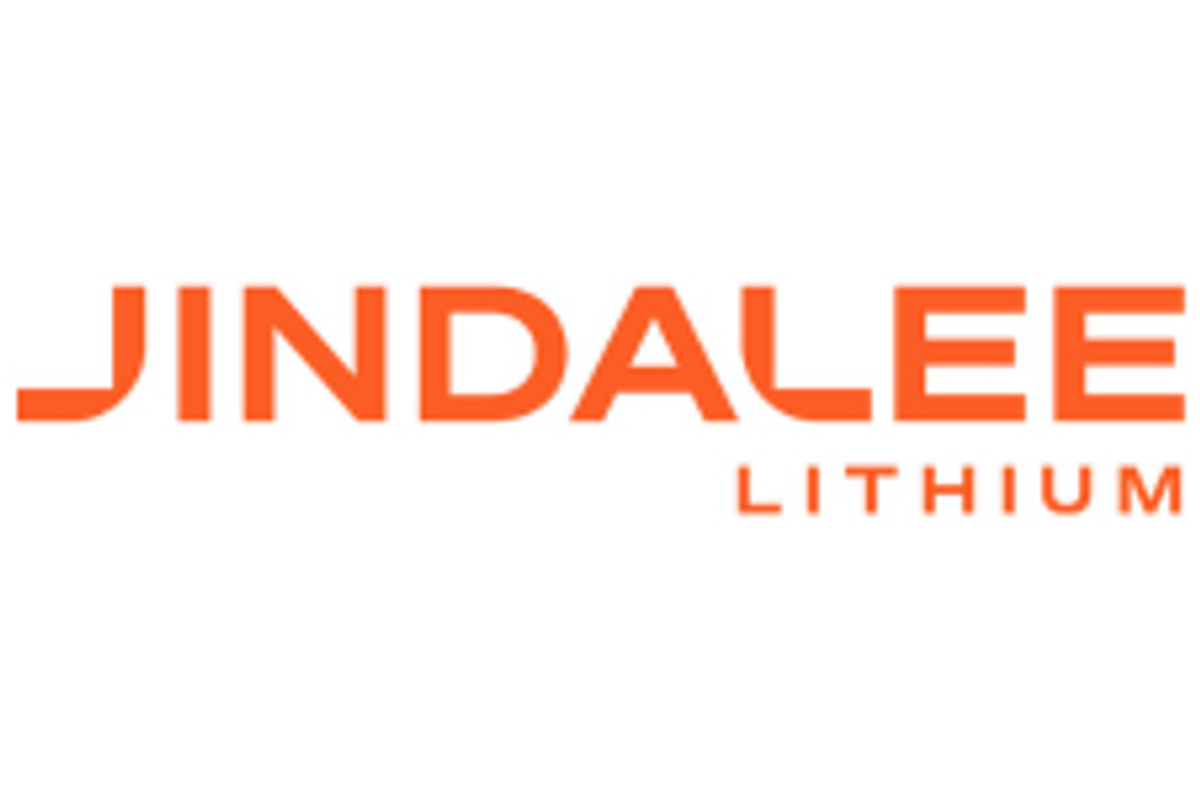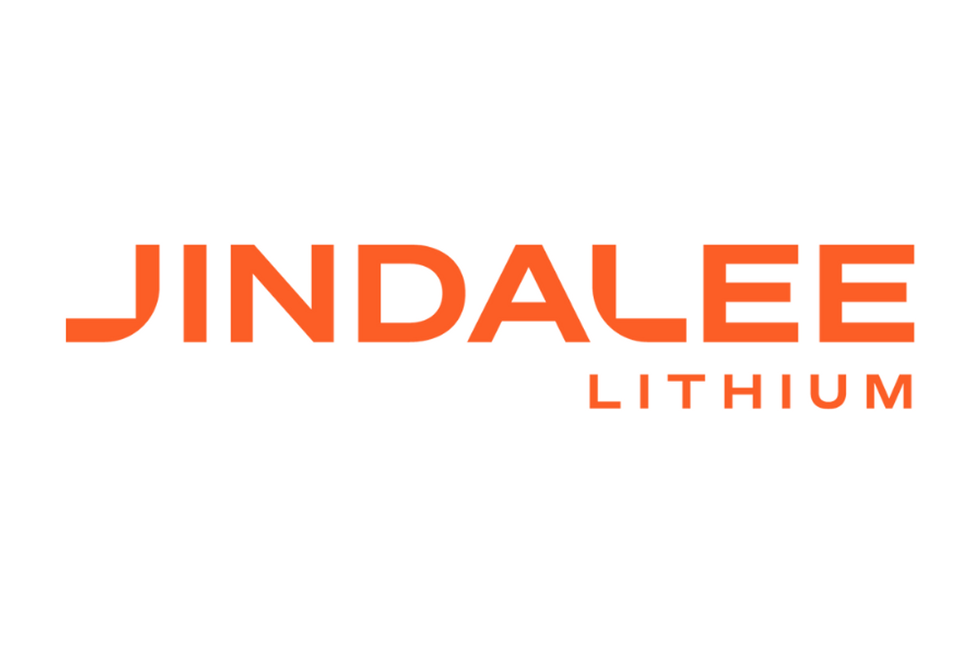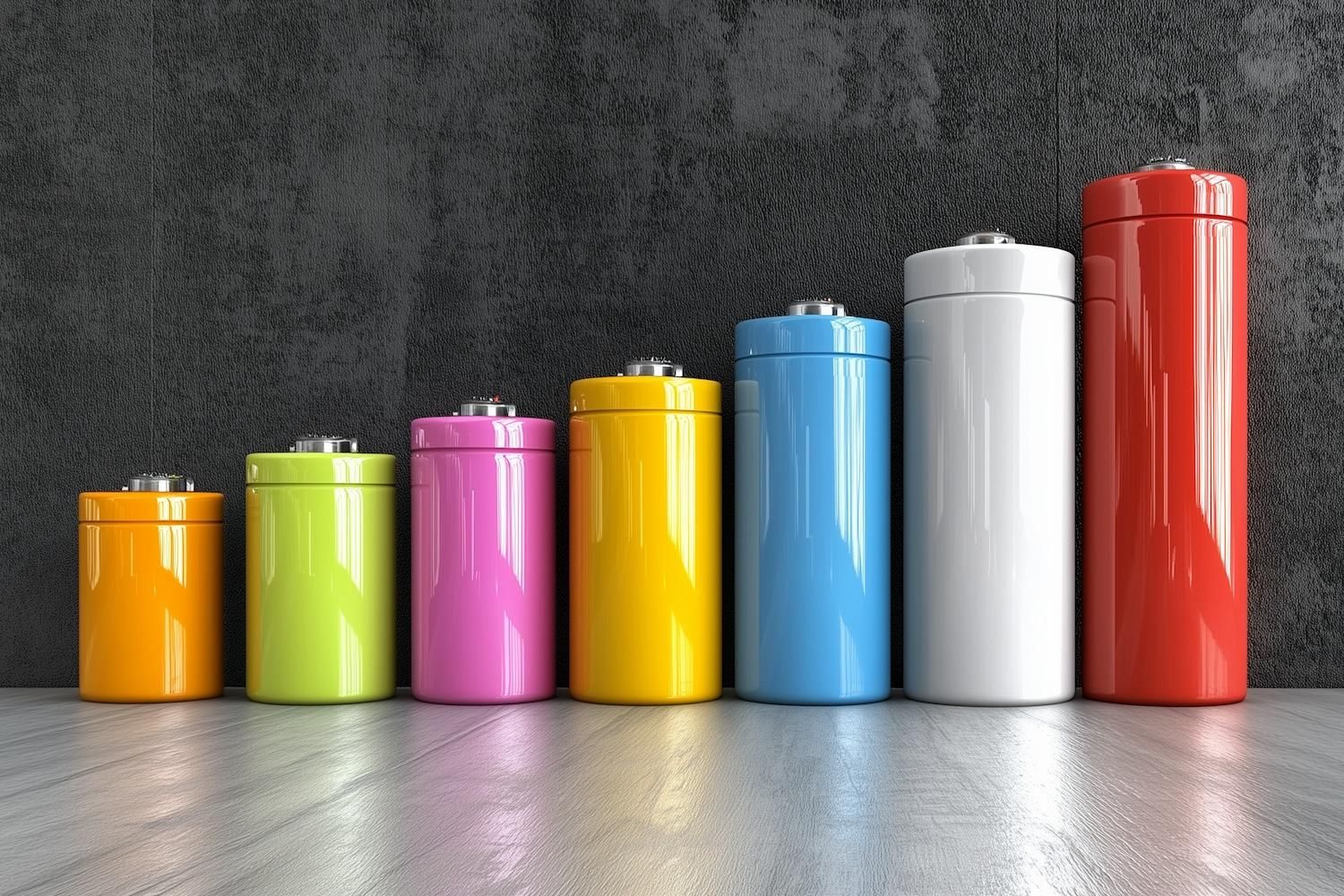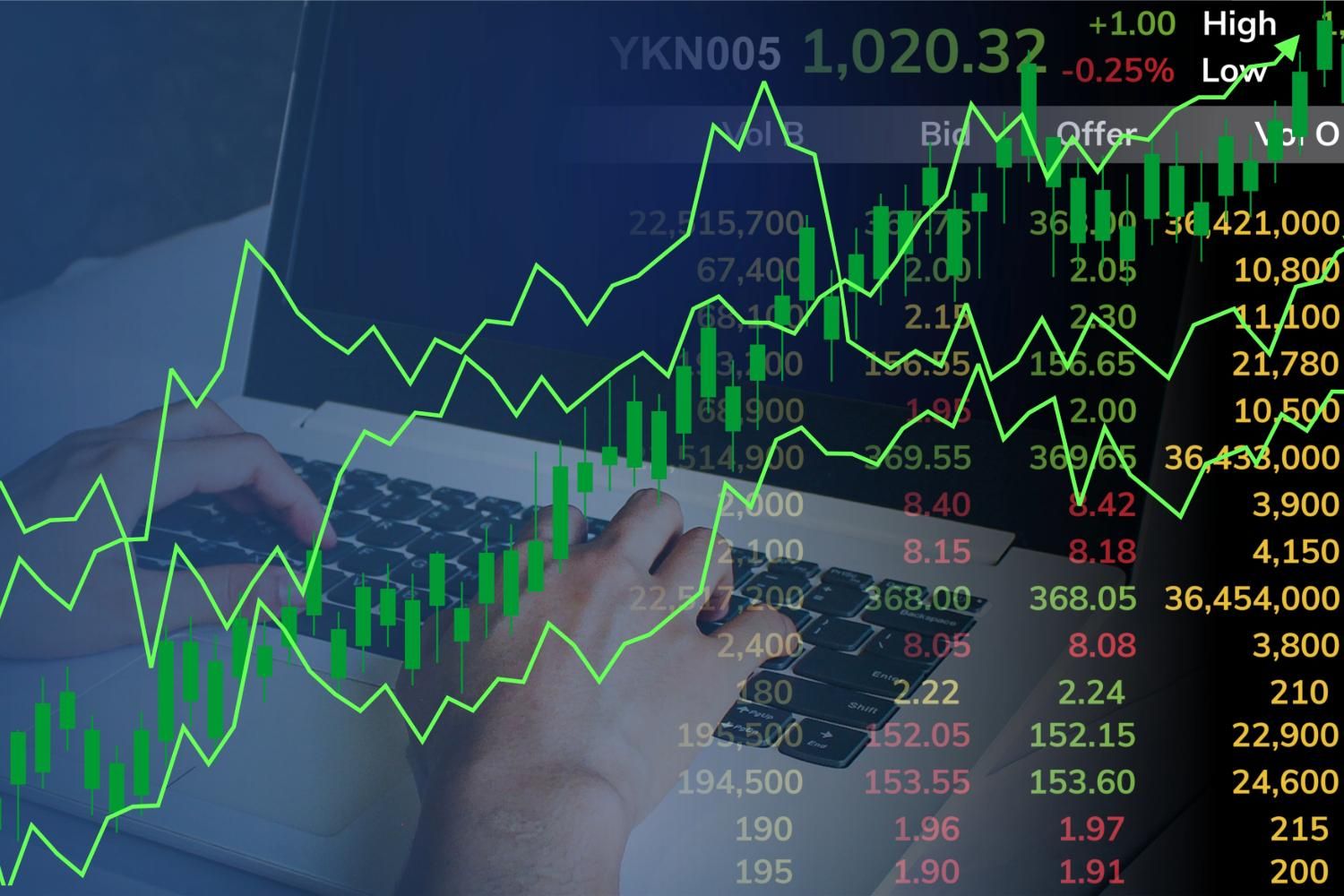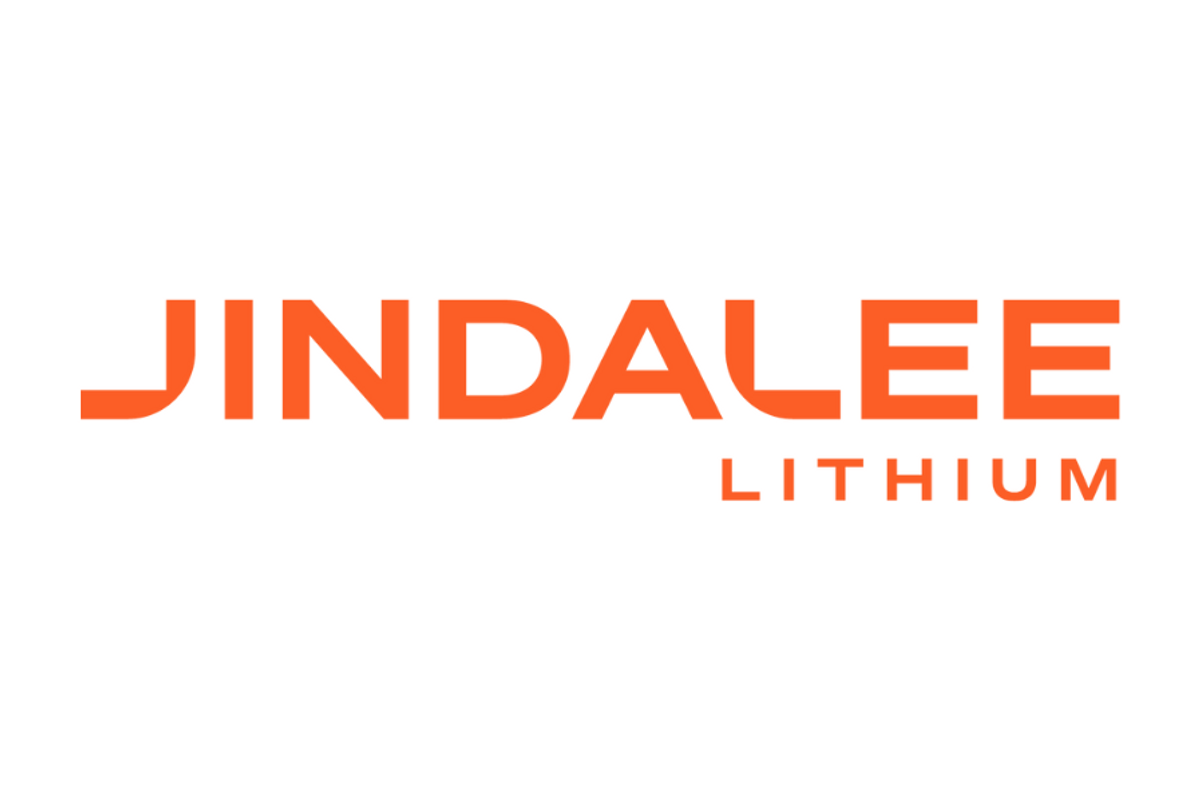
November 18, 2024
Jindalee Lithium Limited (Jindalee, the Company; ASX: JLL, OCTQX: JNDAF) is pleased to advise that its recently completed Pre-Feasibility Study (PFS), on the Company’s 100% owned McDermitt Lithium Project (currently the largest lithium Resource in the USA) (McDermitt or the Project), has demonstrated strong economic returns over an initial project life in excess of 40 yearsi
Highlights include:
- Lithium Carbonate Production: Forecast production of 1.8 million tonnes battery grade Lithium Carbonate over first 40 yearsi, supporting the growing US battery supply chain
- Average Annual Lithium Carbonate Production:
- 47.5ktpa in the first 10 yearsi of operation (C1 unit cost US$8,080/t of lithium carbonate)ii
- 44.3ktpa in the first 40 yearsi of operation (C1 unit cost US$8,670/t of lithium carbonate)ii
- Strong Financial Metrics (first 40 yearsiii): Ungeared, using flat US$24,000/t lithium carbonate priceiv
- Post-tax NPV8 of US$3,229Mv
- Post-tax IRR of 17.9%
- Payback period under 5 yearsvi
- NPV break even pricevii of ~US$14,600/t of lithium carbonate
Note: PFS price assumption for lithium carbonate is based on long term incentive priceiv which exceeds current Chinese spot pricexiii
- Generational Project with Life in Excess of 40 years: The PFS processing schedule (Processing Schedule) supports a 63 year production life, however the production target and forecast financial information excludes any production post 40 yearsi
- Processing Studies and Capital Estimate prepared by Fluor Corporation (Fluor)viii: US$3.02B capital estimate, including 21%ix contingency, prepared by Fluor - a leading US and global engineering and construction company with deep experience in US sedimentary lithium projects
- EBITDAx Marginxi: 66% over the first 10 yearsi of operations, with C1 costs in the bottom half of industryxii and 17% pre-tax net operating cashflow margins (including sustaining capital) at current spot pricesxiii
- Maiden Probable Ore Reserve (JORC 2012) of 251Mt @ 1,751ppm lithium, containing 2.34Mt of Lithium Carbonate Equivalent (LCE)xiv, accounts for 79%xv of forecast production in the PFS Processing Schedule but represents only ~10% of current Mineral Resource on a contained LCE basis, highlighting future optionality
- Cost Reduction and Sustainability: Opportunities for cost reduction and enhanced sustainability outcomes through the recently announced strategic agreement with the US Department of Energyxvi
- Potential Partnerships: PFS completion allows for deeper engagement with a broader pool of potential strategic funding partners as well as the US Government agencies, which continue to actively support domestic US critical minerals production
Jindalee’s CEO Ian Rodger Commented:
The completion of this PFS is a pivotal milestone for Jindalee and our wholly owned McDermitt Lithium Project, underscoring McDermitt’s strategic potential as a large-scale, long-life competitive source of “American-made” lithium chemicals for the US battery supply chain.
Among the study's key achievements is the successful bench-scale test work, which validated our flowsheet and confirmed the production of battery-grade lithium carbonate with high recovery rates. While the PFS demonstrates McDermitt’s compelling value, we remain committed to further enhancing cost efficiency and sustainability as we responsibly advance the Project, delivering value for all stakeholders.
We are excited by the recent finalisation of Section 45X tax credit regulations under the Inflation Reduction Act, which represents a significant shift in support for domestic lithium projects. By expanding eligible costs specifically for integrated mining and refining operations—those producing a finished critical mineral product like lithium carbonate—the policy now more effectively targets projects like McDermitt, which is designed to produce battery-grade lithium chemicals domestically. This alignment with US energy security goals reflects a commitment to reducing dependency on foreign suppliers by incentivising long-life, fully integrated supply chain solutions within the US.
The completion of the PFS delivers, for the first time, the production metrics and cost estimates needed to engage meaningfully with potential strategic partners, accelerating discussions with a solid technical and financial foundation. It also provides a catalyst for re-engaging with US government agencies on potential future funding, building on our current Department of Defense grant application, which could co-fund the next phase of development.
Jindalee has an exciting 12 months ahead as we advance our Exploration Plan of Operations, targeted for mid- CY2025. This will enable a significant infill drilling campaign to inform a future feasibility study and associated test work. With a robust PFS and encouraging early interest from prospective partners, we look forward to building on this momentum as we evaluate the next steps for McDermitt.
I extend my sincere thanks to the Jindalee team and our consulting partners, Fluor Corporation and Cube Consulting, whose expertise was instrumental in delivering the PFS.”
Click here for the full ASX Release
This article includes content from Jindalee Lithium Limited, licensed for the purpose of publishing on Investing News Australia. This article does not constitute financial product advice. It is your responsibility to perform proper due diligence before acting upon any information provided here. Please refer to our full disclaimer here.
JLL:AU

Sign up to get your FREE
Jindalee Lithium Investor Kit
and hear about exciting investment opportunities.
- Corporate info
- Insights
- Growth strategies
- Upcoming projects
GET YOUR FREE INVESTOR KIT
The Conversation (0)
16 April
Jindalee Lithium
Game-changing, economically significant lithium resource for North American battery supply chain
Game-changing, economically significant lithium resource for North American battery supply chain Keep Reading...
27 November
Oversubscribed Share Purchase Plan Raises $1.5 Million
Further to its announcement on 20 October 20251, Jindalee Lithium Limited (ASX: JLL, OTCQX: JNDAF) (Company) is pleased to advise the results of its Share Purchase Plan (SPP). The SPP closed for applications on 20 November 2025, and the Company has today completed the allocation and issuance of... Keep Reading...
04 November
Drilling Underway at McDermitt Lithium Project
Jindalee Lithium (JLL:AU) has announced Drilling Underway at McDermitt Lithium ProjectDownload the PDF here. Keep Reading...
03 November
Repurchase of Convertible Securities
Jindalee Lithium (JLL:AU) has announced Repurchase of Convertible SecuritiesDownload the PDF here. Keep Reading...
30 October
Quarterly Activities Report - September 2025
Jindalee Lithium (JLL:AU) has announced Quarterly Activities Report - September 2025Download the PDF here. Keep Reading...
30 October
Quarterly Cashflow Report - September 2025
Jindalee Lithium (JLL:AU) has announced Quarterly Cashflow Report - September 2025Download the PDF here. Keep Reading...
27 November
Battery Storage Market Surging as Electricity Demand Enters New Era
Speaking at Benchmark Week, Iola Hughes, head of battery research at Benchmark Mineral Intelligence, outlined a market that is undergoing “very strong growth" and becoming indispensable to energy security.Hughes described energy storage as the fastest-growing segment in the battery sector today.... Keep Reading...
27 November
Inside Billionaire Gina Rinehart's Key Mining Investments
Australian billionaire Gina Rinehart has become a formidable force in the global mining industry. After taking the helm of her father’s iron ore firm Hancock Prospecting in 1993, she embarked upon a diversification strategy that has vastly expanded her resource empire. Now Australia’s richest... Keep Reading...
26 November
Long State Funding Update
Atlantic Lithium (A11:AU) has announced Long State Funding UpdateDownload the PDF here. Keep Reading...
24 November
CATL Reportedly Plans to Restart Key Chinese Lithium Mine By December
Contemporary Amperex Technology (SZSE:300750,OTC Pink:CTATF) is preparing to restart its Jianxiawo lithium mine in Jiangxi province as soon as early December, industry sources familiar with the matter told Bloomberg.The sources, who declined to be named, said CATL has asked suppliers and... Keep Reading...
24 November
Liontown Resources’ Spodumene Auction Attracts Nine Countries
Liontown Resources (ASX:LTR,OTC:LINRF) held its first digital spot sales auction for 10,000 wet metric tonnes of spodumene concentrate from its Kathleen Valley lithium operations in Western Australia.The auction, attracting over 50 buyers from nine countries, was conducted on Metalshub, a... Keep Reading...
18 November
Ganfeng Chairman’s Forecast Sparks Lithium Price Surge in China
China’s lithium market strengthened sharply on Monday (November 17) after Ganfeng Lithium (OTC Pink:GNENF,HKEX:1772) Chairman Li Liangbin said at a domestic industry conference that demand for the key battery metal could grow by as much as 40 percent in 2026.The most-traded lithium carbonate... Keep Reading...
Latest News

Sign up to get your FREE
Jindalee Lithium Investor Kit
and hear about exciting investment opportunities.
- Corporate info
- Insights
- Growth strategies
- Upcoming projects
GET YOUR FREE INVESTOR KIT
Latest Press Releases
Related News
TOP STOCKS
American Battery4.030.24
Aion Therapeutic0.10-0.01
Cybin Corp2.140.00
